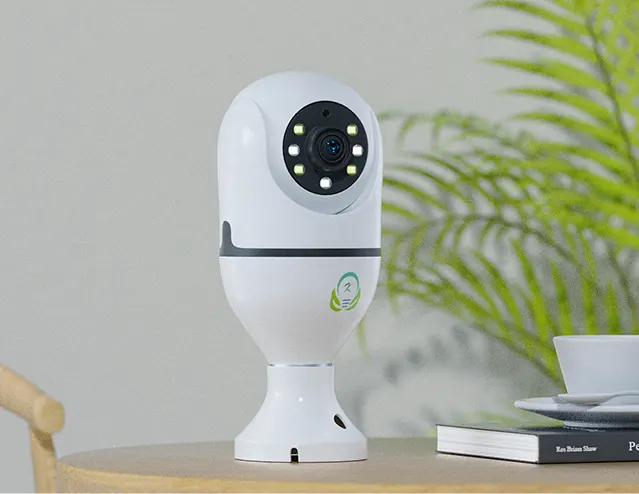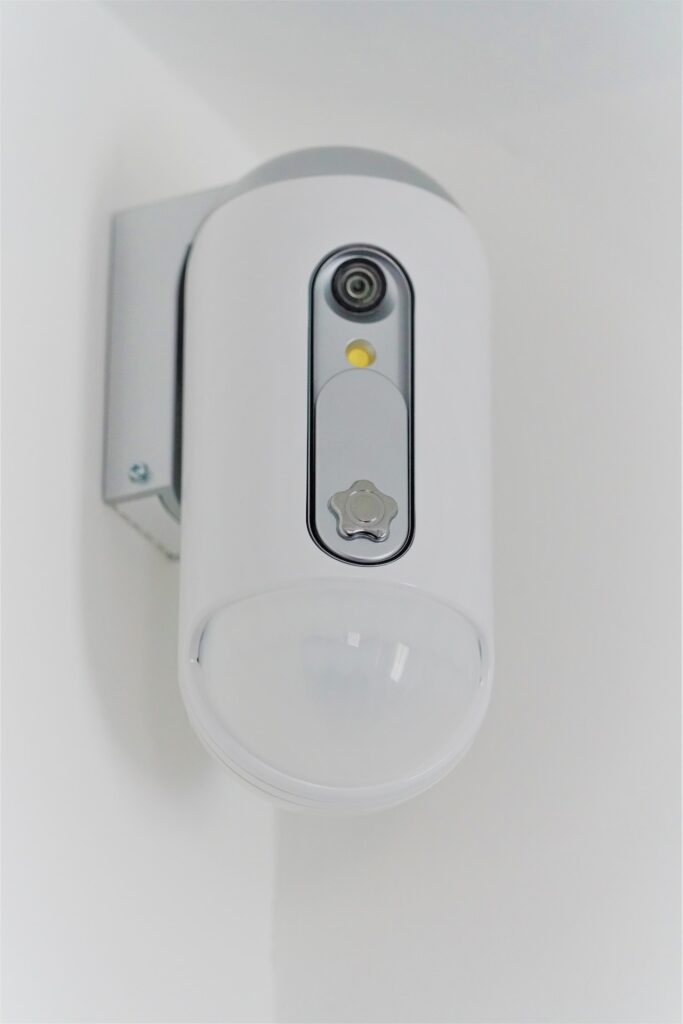Are you looking for innovative ways to enhance the security of your home? Look no further than birdhouse camera technology. In this article, we will discuss the top 5 home security tips that utilize this cutting-edge technology to keep your property safe and secure. From monitoring your property remotely to deterring potential intruders, birdhouse cameras offer a unique and effective solution for safeguarding your home. Read on to discover how you can benefit from incorporating birdhouse camera technology into your home security strategy.
Table of Contents
Benefits of Using Birdhouse Camera Technology for Home Security
Increased Surveillance Coverage
Birdhouse cameras are designed to provide a wide range of coverage, allowing homeowners to monitor their property from multiple angles. This increased surveillance coverage helps ensure that all areas of the home are protected, reducing blind spots and potential vulnerabilities.
Wireless Connectivity
Birdhouse cameras are equipped with wireless connectivity, making them easy to install and operate. This feature allows homeowners to monitor their property remotely, using their smartphones or computers. With wireless connectivity, homeowners can stay connected to their home security system no matter where they are.
Motion Detection Features
Birdhouse cameras come with advanced motion detection features that can alert homeowners to any suspicious activity on their property. These cameras can detect motion and send real-time notifications to the homeowner’s device, allowing them to take immediate action if necessary. Motion detection features help homeowners stay informed and proactive in protecting their home.
Choosing the Right Birdhouse Camera for Your Home
When it comes to selecting a birdhouse camera for your home security needs, there are several key factors to consider.
Quality of Video Resolution
One of the most important features to look for in a birdhouse camera is the quality of the video resolution. A higher resolution camera will provide clearer and more detailed images, making it easier to identify any potential threats or intruders. Look for a camera with at least 1080p resolution for the best results.
Night Vision Capabilities
Another crucial feature to consider is the camera’s night vision capabilities. A birdhouse camera with infrared night vision will be able to capture clear images even in low light or complete darkness. This is essential for round-the-clock security monitoring.
Weatherproofing and Durability
Since the birdhouse camera will be installed outdoors, it is important to choose a model that is weatherproof and durable. Look for a camera that is rated for outdoor use and can withstand various weather conditions, such as rain, snow, and extreme temperatures. This will ensure that your camera remains operational and effective in all types of weather.
Placement Tips for Birdhouse Cameras
When it comes to setting up birdhouse cameras for home security, proper placement is key. Here are some tips to ensure you get the most out of your surveillance system:
Strategic Locations for Maximum Coverage
- Place birdhouse cameras at entry points such as front and back doors, garage doors, and windows.
- Make sure to cover blind spots such as side yards, alleys, and dark corners.
- Position cameras at a height where they can capture clear images of faces and activities.
Avoiding Obstructions
- Keep cameras away from direct sunlight to prevent glare and overexposure.
- Avoid placing cameras near trees or bushes that can obstruct the view or trigger false alarms with movement.
- Make sure there are no obstacles in the camera’s line of sight that can block its view.
Protecting Cameras from Tampering
- Install birdhouse cameras out of reach to prevent tampering or vandalism.
- Use mounting brackets or security cages to secure cameras in place.
- Regularly check and clean cameras to ensure they are functioning properly and not obstructed by debris or dirt.
Setting Up and Configuring Birdhouse Cameras
Birdhouse cameras are a great addition to your home security system, providing you with a bird’s eye view of your property. Here are some tips for setting up and configuring your birdhouse cameras:
Connecting to Wi-Fi Network
The first step in setting up your birdhouse camera is to connect it to your Wi-Fi network. This allows you to access the camera feed from anywhere using your smartphone or computer. To do this, simply follow the instructions provided with your camera to connect it to your home network.
Adjusting Camera Settings
Once your birdhouse camera is connected to your Wi-Fi network, you can adjust the camera settings to suit your needs. This includes setting up motion detection, adjusting the camera angle, and adjusting the video quality. Make sure to test out different settings to find the best configuration for your home security needs.
Integration with Home Security Systems
Birdhouse cameras can also be integrated with your existing home security system for added protection. This allows you to monitor the camera feed alongside other security cameras and sensors in your home. Be sure to check if your birdhouse camera is compatible with your home security system and follow the instructions for integration.
Maintaining and Troubleshooting Birdhouse Cameras
Birdhouse cameras are a great addition to your home security system, but like any technology, they require regular maintenance and troubleshooting to ensure they are functioning properly. Here are some tips on how to keep your birdhouse cameras in top shape:
Regular Cleaning and Maintenance
Dust, dirt, and debris can build up on your birdhouse camera over time, affecting its performance and image quality. It’s important to regularly clean your camera with a soft, dry cloth to remove any buildup. You can also use a can of compressed air to blow out any dust or debris from the camera lens and housing. Make sure to check for any loose wires or connections and tighten them if necessary.
Dealing with Connectivity Issues
If you’re experiencing connectivity issues with your birdhouse camera, there are a few troubleshooting steps you can take. First, make sure the camera is connected to a stable Wi-Fi network with a strong signal. If the connection is still weak, try moving the camera closer to the router or installing a Wi-Fi extender. You can also try resetting the camera by unplugging it from power for a few minutes and then plugging it back in.
Replacing Batteries or Power Sources
If your birdhouse camera is battery-powered, it’s important to regularly check and replace the batteries as needed. Low batteries can cause the camera to malfunction or stop working altogether. Make sure to use the correct type of batteries recommended by the manufacturer and follow the instructions for replacing them. If your camera is powered by a solar panel or other power source, make sure it is receiving enough sunlight or power to keep it running smoothly.
Final Thoughts:
Utilizing birdhouse camera technology for home security offers a convenient and effective solution to monitoring your property. By following the top 5 home security tips outlined in this article, such as placing cameras strategically and utilizing motion detection features, you can enhance the safety and security of your home. With advancements in technology, protecting your home has never been easier. Consider implementing these tips to ensure peace of mind and a secure living environment for you and your loved ones.
FAQs:
What is birdhouse camera technology?
Birdhouse camera technology refers to the use of small, discreet cameras embedded within birdhouses or designed to mimic birdhouses. These cameras offer a covert way to monitor activity around your home while blending seamlessly into the environment.
How do birdhouse cameras enhance home security?
Birdhouse cameras provide a discreet surveillance solution, allowing you to monitor your property without drawing attention to the cameras. They offer a unique vantage point and can capture footage of potential intruders or suspicious activity without being easily detected.
Are birdhouse cameras weatherproof?
Yes, most birdhouse cameras are designed to withstand outdoor conditions, including rain, snow, and extreme temperatures. They are typically built with durable materials and equipped with weatherproofing features to ensure reliable performance in various environments.
Can birdhouse cameras be connected to a smartphone or home security system?
Yes, many birdhouse cameras come with smartphone connectivity and integration with home security systems. This allows homeowners to remotely access live footage, receive notifications of detected activity, and even control the camera’s settings from their mobile devices.
Do birdhouse cameras require special installation?
Birdhouse cameras are typically designed for easy installation, often requiring just a few simple steps to set up. Depending on the model, they may be mounted on a pole, tree, or wall near your home. Many cameras also come with mounting hardware and instructions for hassle-free installation.
How do birdhouse cameras handle nighttime surveillance?
Most birdhouse cameras feature night vision capabilities, enabling them to capture clear footage even in low-light conditions or complete darkness. They use infrared technology to illuminate the area and produce detailed images without alerting potential intruders.
Are birdhouse cameras powered by batteries or electricity?
Birdhouse cameras may be powered by either batteries or electricity, depending on the model. Some cameras come with rechargeable batteries for wireless operation, while others may require a continuous power source, such as a nearby electrical outlet or solar panel.
What is the range of birdhouse camera monitoring?
The range of birdhouse camera monitoring can vary depending on factors such as the camera’s placement, resolution, and wireless connectivity. In general, these cameras offer a range of several dozen to a few hundred feet, allowing for effective surveillance of your property and surrounding areas.


